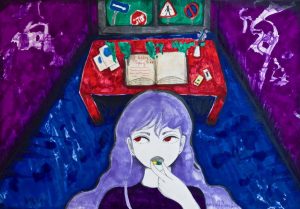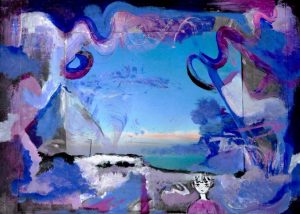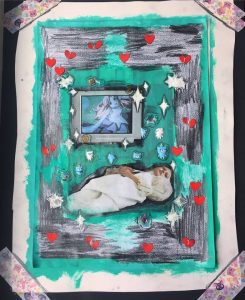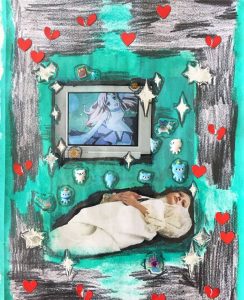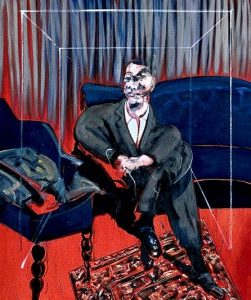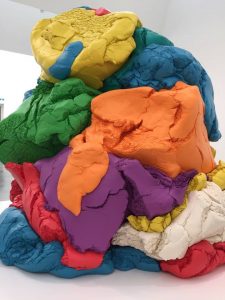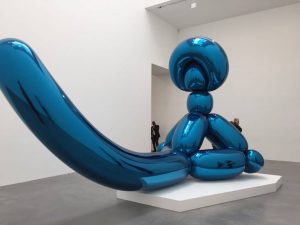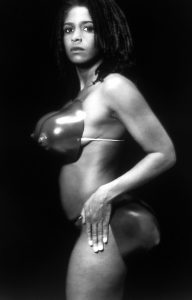Robert Rauschenberg began a shift in art by changing the way we use a “canvas” by changing the Renaissance way of working “vertical” which was so the art would be eye level to horizontal and other directions. Even the popular artists of the time such as Pablo Picasso employed this traditional technique – however Rauschenberg changed this. He also started to use “culture” instead of nature as his main focus which was something new at the time, using things such as printmaking, screen-printing, found materials and photographs. A motive of Rauschenberg’s was to ruin the illusion of depth by making everything pop out at once. As soon as placing any materials together that would create depth he would eliminate them. All this was a precursor to how we view art stimulus today.
Richard Serra also changed the way the art would be made by very adamantly sticking to what he called “site specific” works. He would employ the use of typical construction materials and techniques from the industrial revolution which was not used at the time in art since these methods were most likely not considered “proper” since they came from working class backgrounds. He believed that location was extremely important for context and that if you made a sculpture elsewhere that it would ruin its context. For example, with his “Tilted Arc” which was a large piece of steel was placed in a very neat and tidy area. This was very controversial and people at the time believed it was antisocial and would encourage things such as graffiti. He wanted to challenge daily norms and art institutions about the idea of modernist works which were autonomous to wherever they were placed. He decided to remove it in the end and it was not placed elsewhere since he believed there was no point since the sculpture was built for that area.
Rauschenberg and Serra are extremely similar since they both challenged the status quo of artists during their time employing new ways of working and new attitudes towards art which helped shaped the way artists create today.

